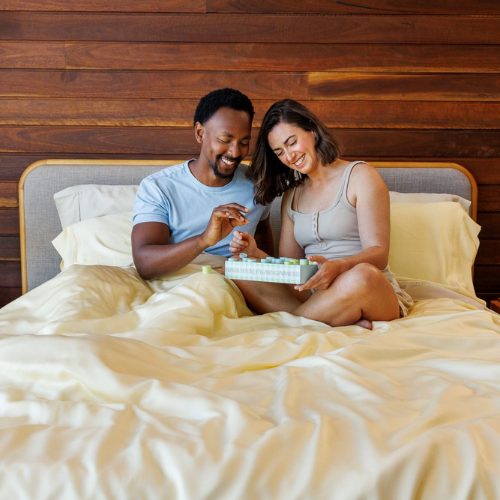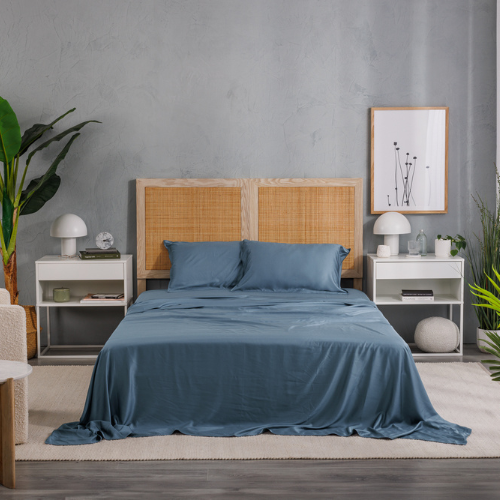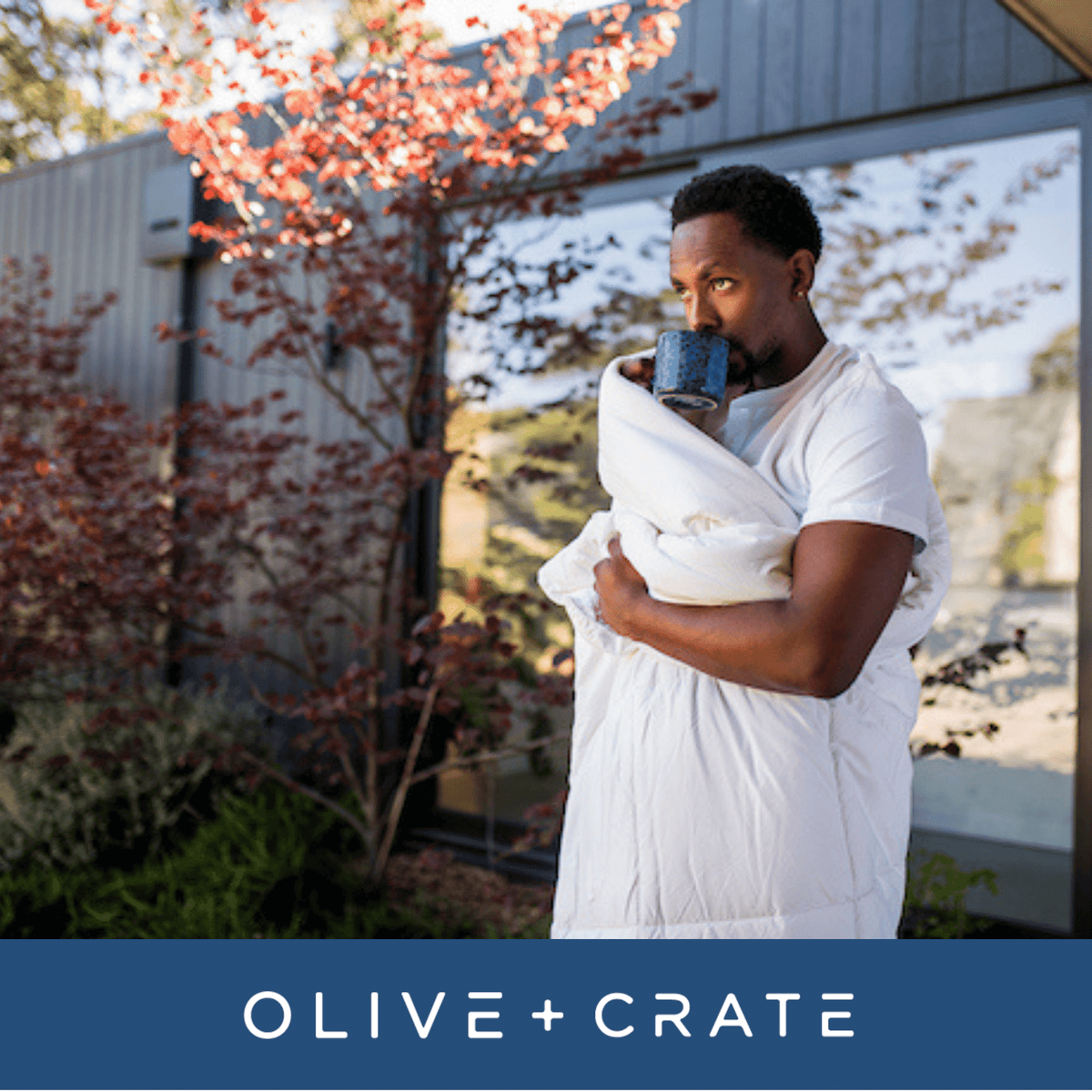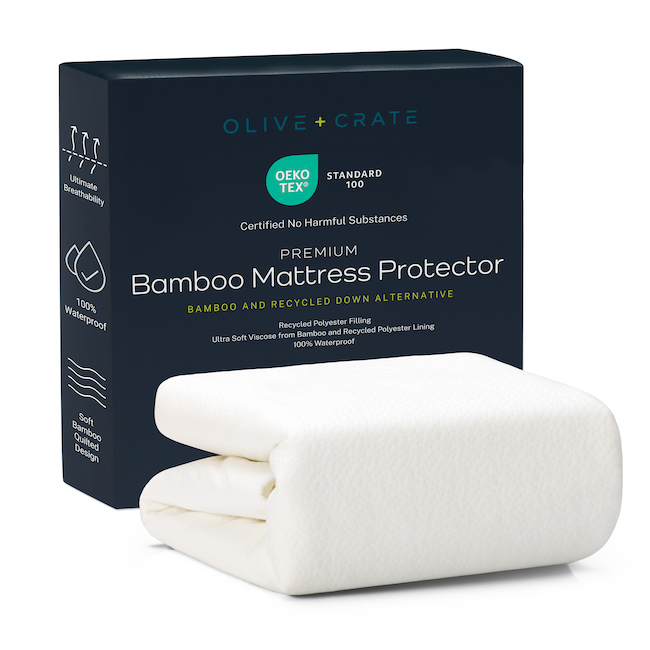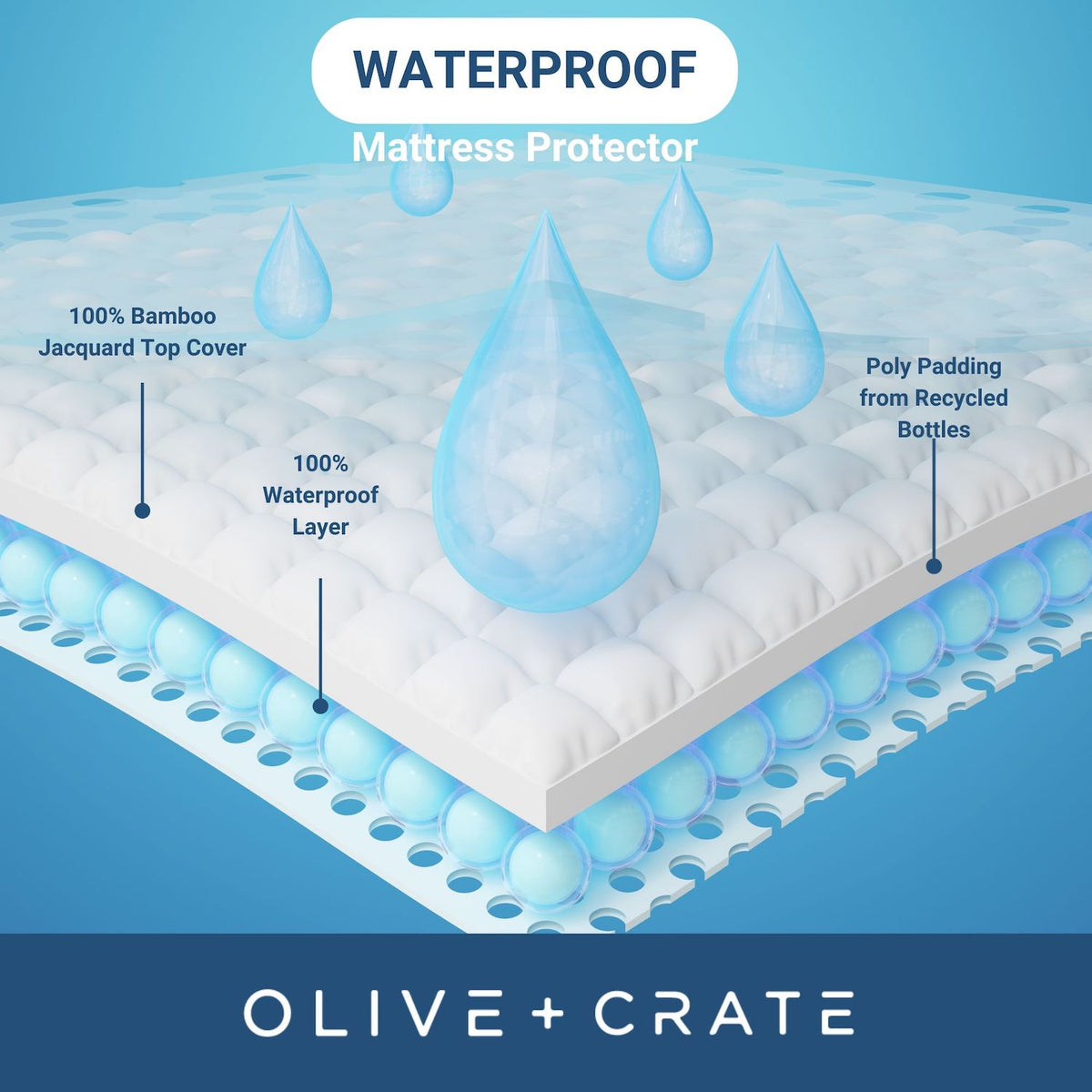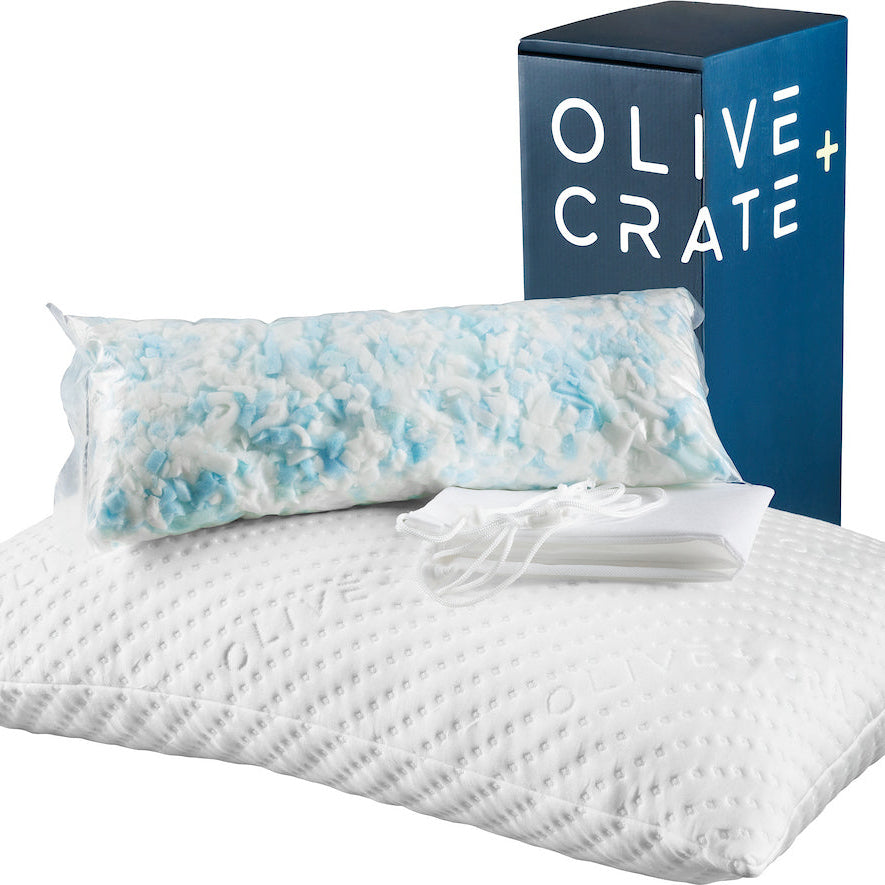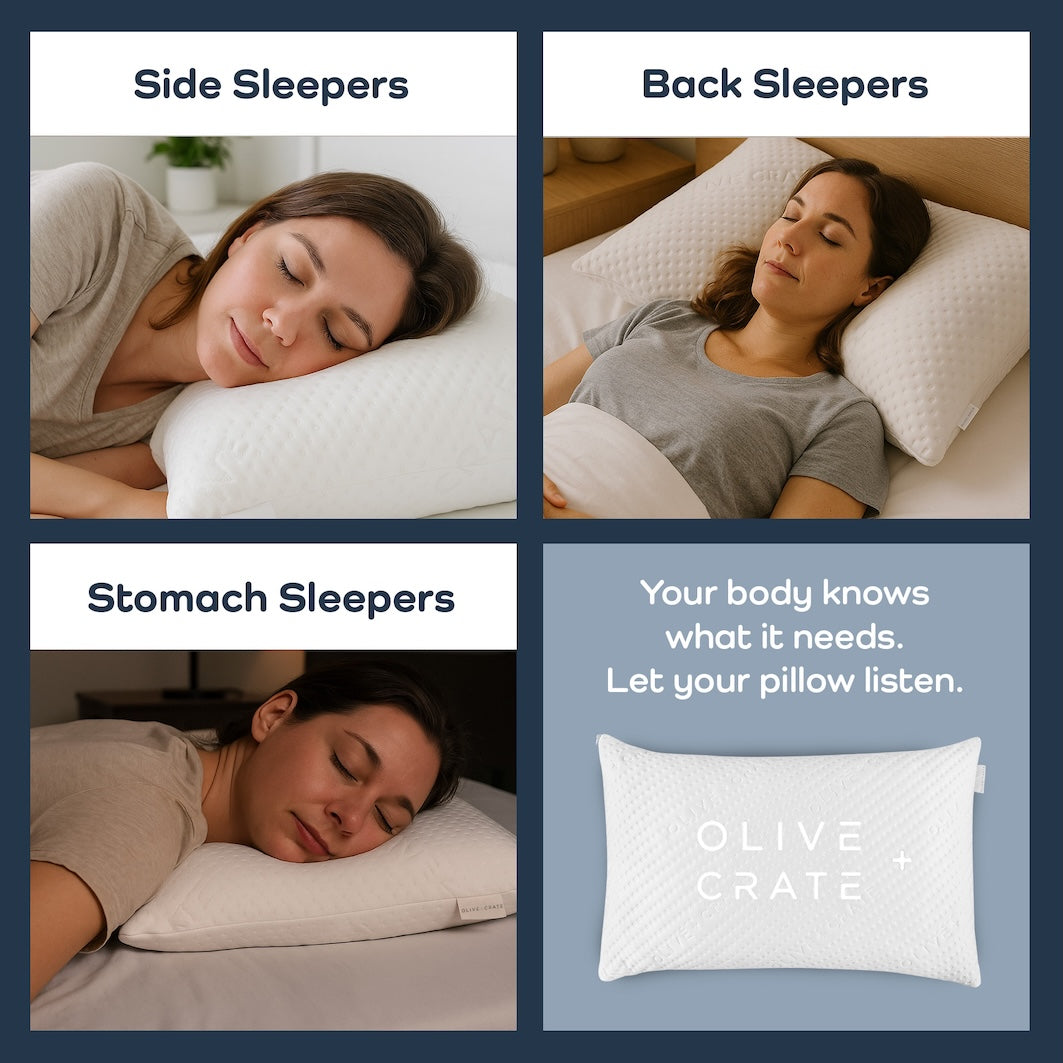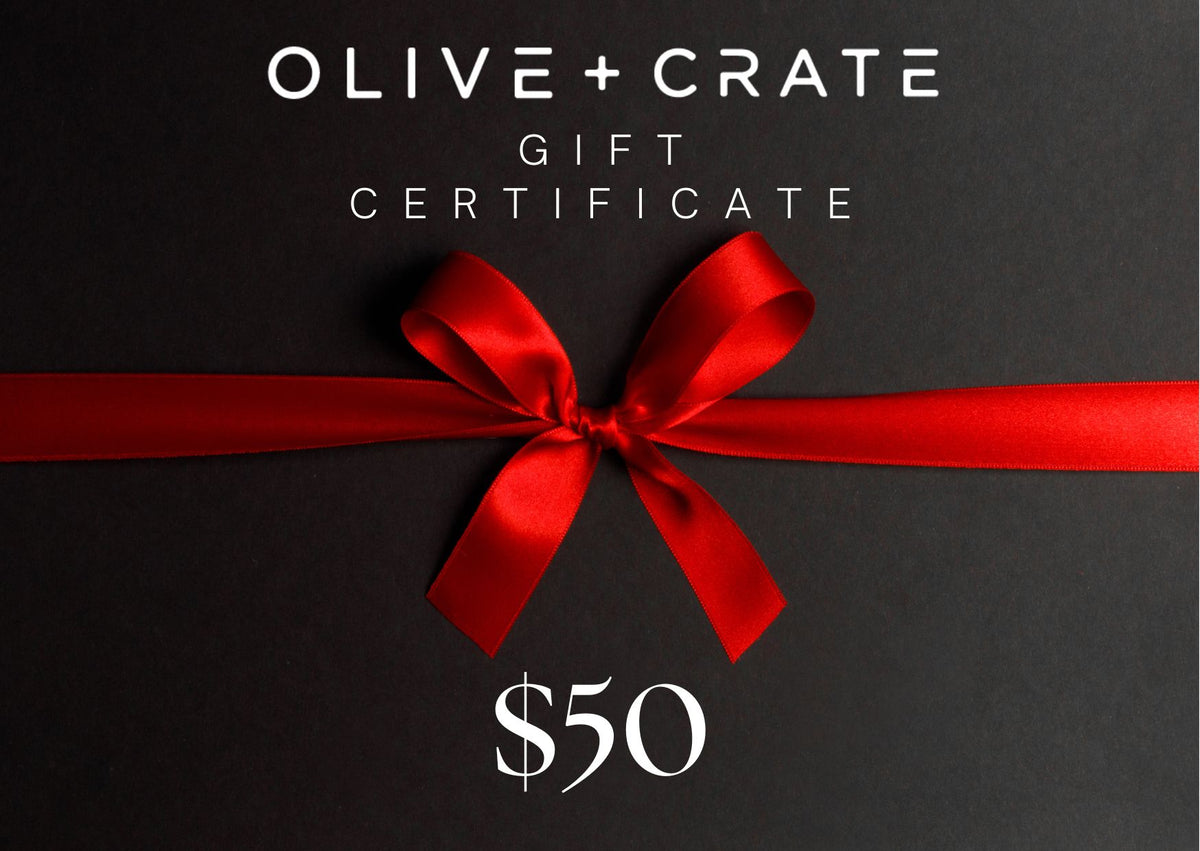
Shop sustainable Tencel sheets from Olive + Crate
This trend has been a long-time coming -- as articles written as far back as the 1990s express. In her 2010 article “Wanted: Sustainable, Cheap Alternatives to Cotton” for Fast Company, Lydia Dishman wrote that -- at the behest of consumers -- engineers and designers had already begun to shift their focus towards producing “textiles that may provide a more sustainable–not to mention economical–alternative to ‘the fabric of our lives’” -- aka cotton. A decade ago, Tencel and bamboo fibers had already been invented but were not popular enough to offer true alternatives. However, the trend has recently picked up steam amongst the general population as sustainability and climate preservation concerns become more mainstream.
Bamboo and lyocell -- the branded version of which is “Tencel” -- have quickly risen to the top of the sustainable fiber ladder, thrilling consumers with their eco-friendly production chains and touchable feel. Bamboo and Tencel products are everywhere -- especially in homeware products like environmentally friendly sheets and other linens. However, as popular as Bamboo sheets are, they wrinkle more easily than other types of sheets and can be difficult to care for. Follow below to learn more about Tencel as an alternative to bamboo sheets and how eco-friendly Tencel sheets are growing in popularity.
What is Tencel?

According to the article “Why Tencel is Better for the Environment than Cotton and Linen” from Olive + Crate, Tencel is the branded version of lyocell. Lyocell is a fiber made from the wood pulp of farmed eucalyptus trees. Though Tencel was first developed in North Carolina in the early 1970s as a sustainable alternative to other high-consumption materials like cotton, “it has only recently gained significant popularity across the United States, Asia and Europe. Tencel is now preferred by eco-conscious consumers over fibers like cotton, linen, polyester and even bamboo in many cases, because it is harvested organically. Tencel is also refined in a closed-loop system, meaning that all water used is recycled throughout other stages in the development process. Today, Tencel fibers are woven to create clothing, bedding and other items.
Tencel Vs. Bamboo
Commonalities Between Tencel and Bamboo Fibers

(Left) Eucalyptus tree and (Right) Bamboo forest
Given that both Tencel -- the branded form of lyocell -- and bamboo are sustainably produced and resemble each other fairly closely, some consumers might find them interchangeable. Tencel and bamboo fibers are both moisture-wicking, meaning that -- when spun into sheets and clothes -- they keep users cool or warm by quickly removing moisture that might sit on the skin. According to Ed Mass in his article “Bamboo Textiles: Green, Luxurious and Practical” for Natural Life Magazine, bamboo is “comfortable, very breathable, moisture-wicking, fast drying and thermal regulating,” as is Tencel. Their moisture wicking capability makes Tencel sheets and bamboo sheets perfect for those suffering from night-sweats or living in hot regions of the globe. Tencel and bamboo are also both naturally hypoallergenic and antibacterial. Though Tencel and bamboo have much in common, there are a few key differences -- especially in homeware and clothing products.
Differences Between Tencel and Bamboo Production

The public consensus appears to be that the benefits of Tencel fabric outweigh those of bamboo in several important categories. In their article “Fabric Faceoff: Bamboo vs. Tencel,” the Green Story team writes that Tencel tops bamboo in relation to CO2 emissions, cost and sustainability. Tencel ties with bamboo for water consumption and availability. The article’s writer explains that -- as far as CO2 and other emissions go -- “while the bamboo grass has many advantages over Eucalyptus in the farming phase, the fiber manufacture does not have the same rigorous oversight as Lenzing has over Tencel.” In regards to eco-friendly production, the Green Story team explains that “while bamboo is a hardy [sic] plant that doesn’t require much pesticides, Lenzing guarantees Tencel is made from guaranteed sustainability harvested trees and has a closed-loop production process.” Despite these differences, the Green Story team notes that “both fabrics have very similar properties and tie on versatility, durability and use case.”
Which Wins - Tencel Sheets or Bamboo Sheets?

Though comparable in many ways as a basic fiber, differences in quality arise when comparing specific bamboo and Tencel products. The Sleep Lab Blog article “TENCEL™ VS. BAMBOO: WHICH BED SHEET FABRIC IS BETTER?” compares the usability of Tencel and bamboo sheets for daily consumer use. The article notes that -- while bamboo and Tencel sheets are certainly both usable -- “aesthetically speaking, bamboo bedsheets are generally more prone to wrinkling, & they lack the ‘crisp’ sheet feeling.” If you are looking for either a crisp, hotel-fresh look in your sheets -- or a supremely soft feel, Tencel is a better bet, the article notes. The article explains that “TENCEL™ is less prone to wrinkling and tends to have a lustrous and less matte look.” Not only do Tencel sheets travel and store better than bamboo sheets, but “TENCEL™ sheets are also notably softer and more drapey than bamboo.”

Tencel sheets also appear to be slightly safer and healthier for sensitive skin and those prone to allergic reactions, explains the article “Eucalyptus Tencel vs Bamboo Sheets [Differences] What’s Better?” from Sleeping Lucid. According to the article, Tencel’s fibers, which are from the “eucalyptus plant, are antimicrobial and resist dust mites and fungal growth.” Tencel sheets can also be washed with other materials in a conventional washing machine. The article notes that -- unfortunately for consumers -- “bamboo sheets need to be washed separately from the rest of the laundry, in warm water without fabric softener to assure its natural fibers stay intact for as long as possible.” Conversely, Tencel sheets “can be washed in the washing machine with other items on the gentle cycle.”

